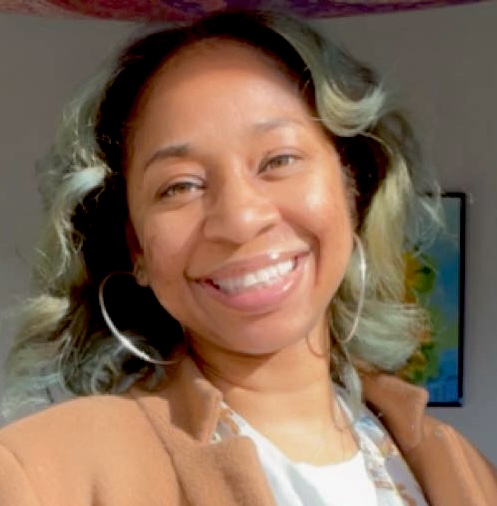
CAMBRIDGE — I met with Dr. Gregory Hagan, president of the Massachusetts Chapter of the American Academy of Pediatrics, one afternoon just after he returned from a meeting with a “very high-powered group” seeking ways to advance the cause of children’s health. “I was struck,” Hagan told me, “that there was no one from behavioral health or developmental health.” Where, he wondered, were representatives of early childhood development? “The silos get in the way,” Hagan said. “They should be integrally related.”
Such integration is a high priority for Hagan. He has been talking with us about convening an early childhood summit in 2011 that will bring together pediatricians and others interested in children’s healthy development. “Most pediatricians in their gut know there’s a good return on investment if you take care of things early on. Most are very receptive. Hopefully, they’ll be very receptive to help move that agenda along in the commonwealth,” Hagan said.
Hagan – who reveals his favorite children’s book at the end of this blog post — practices primary care pediatrics at the Cambridge Health Alliance’s Windsor Street Health Center. One of his goals is to familiarize pediatricians with the research on the benefits of high-quality early education and the importance of early childhood development.
“I’m trying to reinvigorate the discussion,” Hagan said. “I’d like to get pediatricians more meaningfully involved. We have a close relationship with the families we take care of. It’s a relationship I hope we can leverage for larger change for children. I’d like to get the whole dialogue moving about early childhood development. It’s not only a good thing to do. It’s a smart thing to do.”
Hagan is also associate director of newborn services at Cambridge Hospital and trains the next generation of pediatricians, both as an instructor at Harvard Medical School and as a clinical instructor at Massachusetts General Hospital.
“I spend a fair amount of my time educating pediatric residents, and I talk about early childhood development and return on investment. Their jaws drop. ‘We never heard about this stuff.’ It just doesn’t get time in their busy curriculum,” Hagan said. “It’s a little hard for younger doctors to get much reinforcement around this in the training because the training is oriented around hospital medicine, not community medicine. It’s changing, but we have a long way to go.”
Hagan began educating himself about broader issues of early education and the research supporting it after he moved from private practice to the community health center in 2007. “It’s a fertile area to become more interested in broader policy issues,” he said. “I started doing my homework.”
“If we want outcomes to be better 10-20 years from now, clearly we need to harness the efforts of other folks in other settings. The early childhood stuff is a perfect example of that,” he added. “It might be helpful as doctors if we coordinated efforts outside the exam room with other folks who share the same goals.”
Post script. As I do in every interview, I asked Hagan his favorite children’s book. What better way to convey the magic of reading than by remembering a well-loved book? Hagan couldn’t recall a favorite from his own boyhood. “I probably watched too much TV,” he said. But he loved reading Robert McCloskey’s classic “Make Way for Ducklings” to his daughter. “I just love the art. I love that caricature of what Boston might have been link in the 1940s,” Hagan said. “It’s a charming, simple story with humor and terrific visuals.”
As a participating pediatrician in Reach Out and Read, Hagan gives parents books to read to their young children. Whenever “Make Way for Ducklings” is available, he immediately claims it for his patients. “There were a bunch of classics that I missed the first time around,” Hagan said. “Reading with your children can be stimulating and fun for the parent as well as for the kid.”
The first page of “Make Way for Ducklings” follows:
“Mr. and Mrs. Mallard were looking for a place to live. But every time Mr. Mallard saw what looked like a nice place, Mrs. Mallard said it was no good. There were sure to be foxes in the woods or turtles in the water, and she was not going to raise a family where there might be foxes or turtles. So they flew on and on.”




Leave a Reply